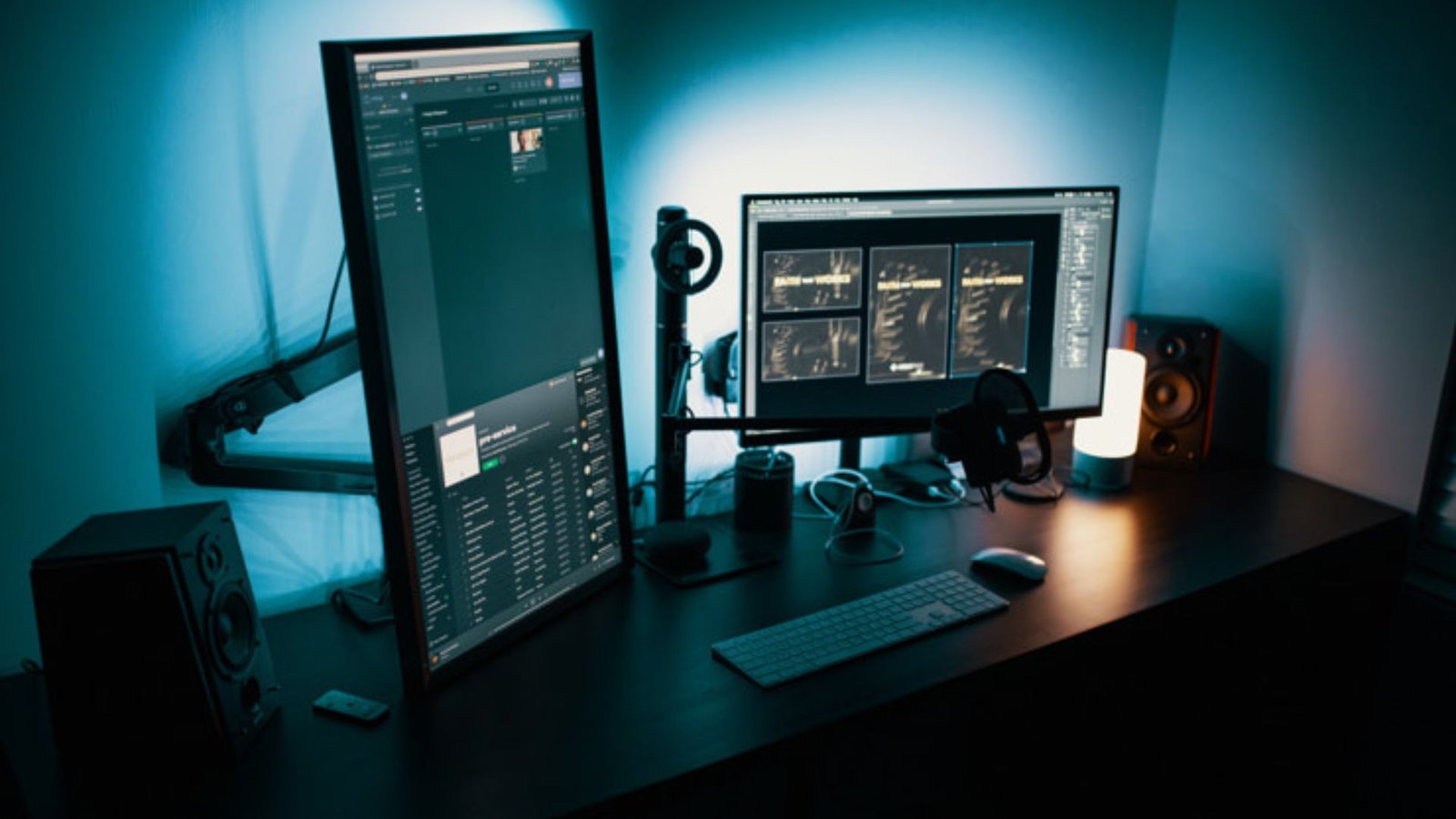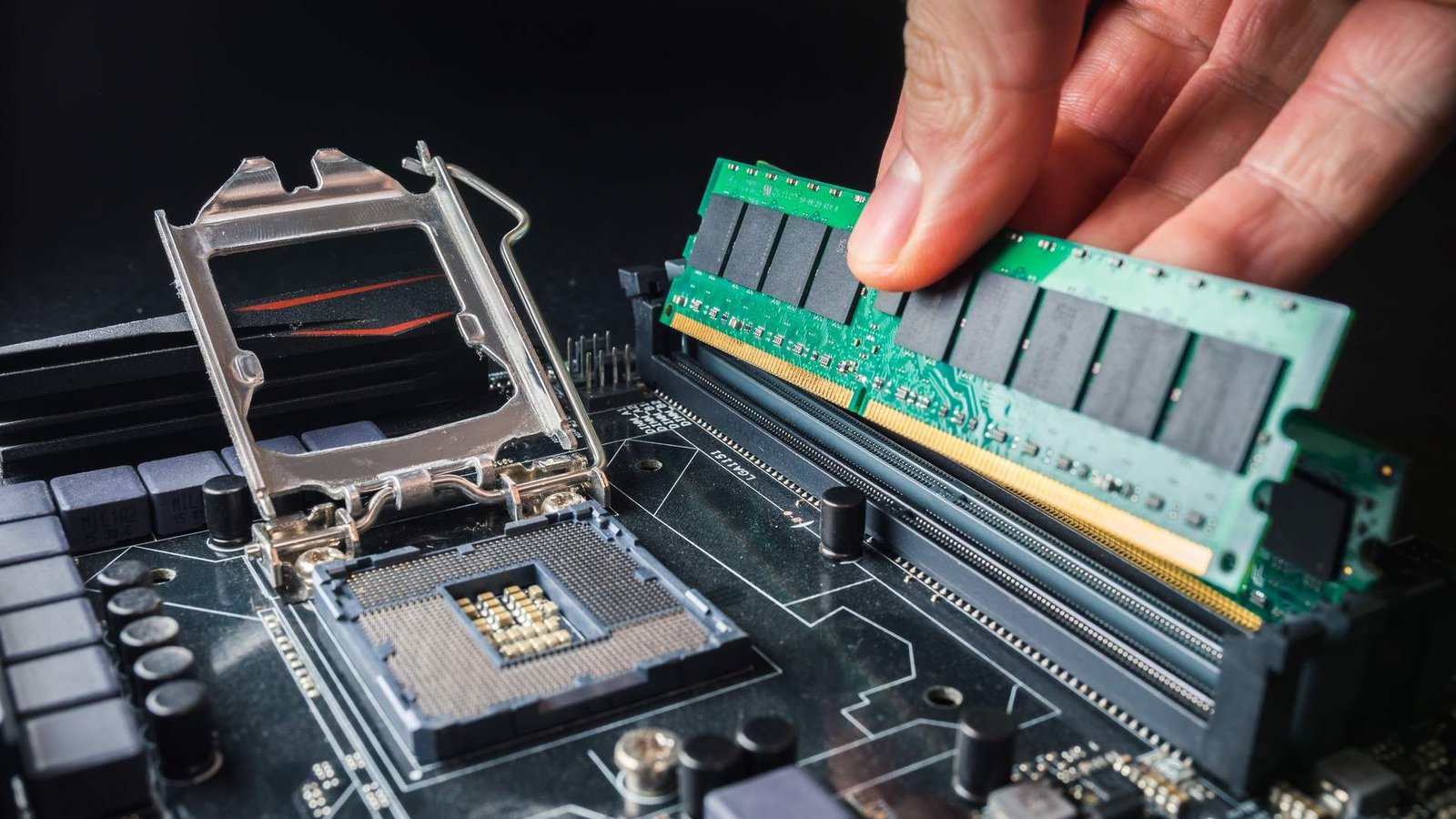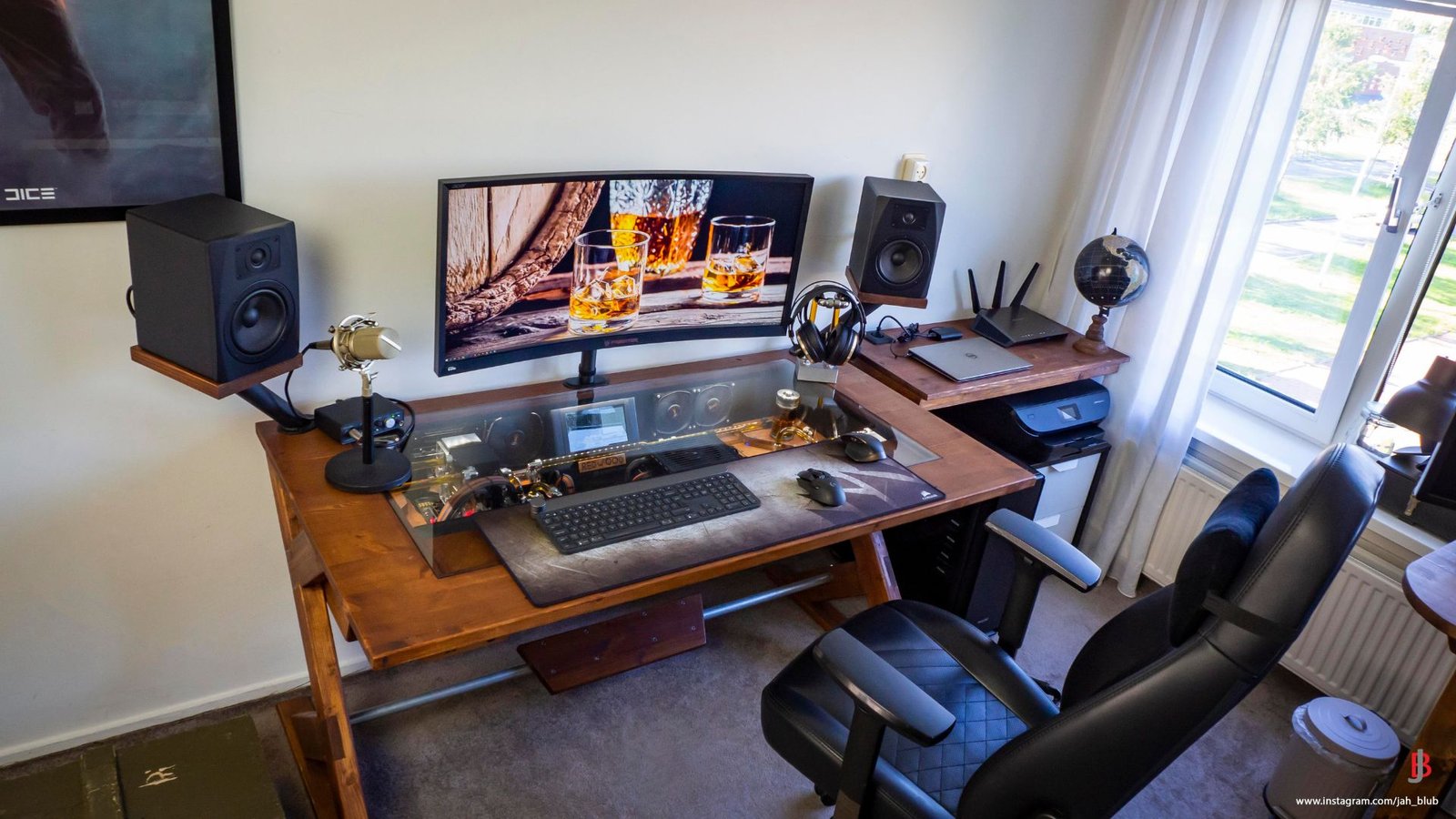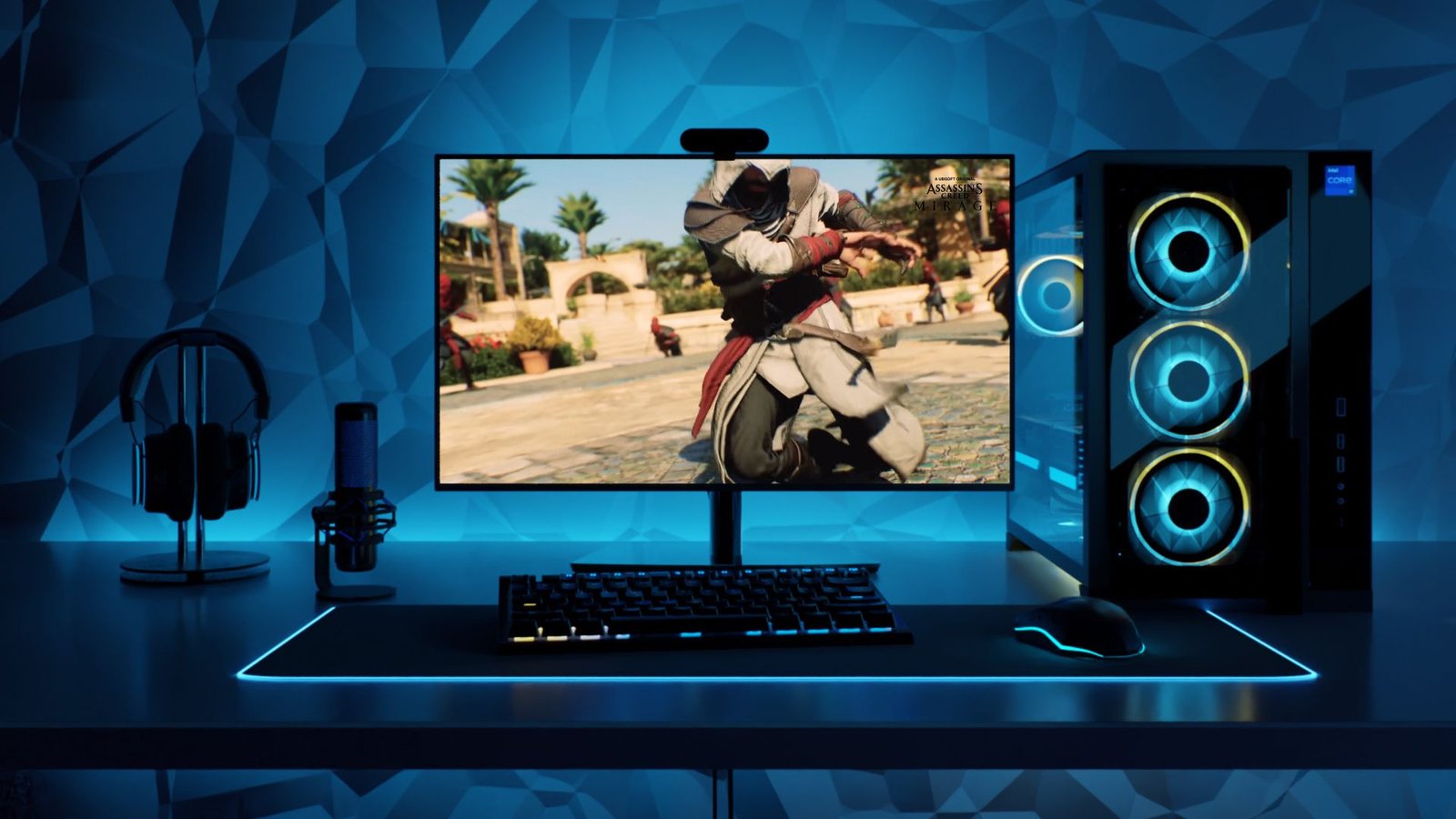Understanding the key components of a computer system is essential for anyone who wants to optimize performance or build a system from scratch. Each part plays a crucial role in ensuring smooth operation and functionality. Let’s break down these vital components.

Central Processing Unit (CPU)
The Brain of the Computer
The central processing unit (CPU) is often referred to as the brain of the computer. It processes instructions, performs calculations, and handles tasks. A faster CPU can significantly improve the overall performance of your system.
Multi-core Processors
Modern CPUs come with multiple cores, allowing them to handle more tasks simultaneously. This increases the efficiency of the key components of a computer system and is particularly useful for multitasking and running demanding applications like video editing software.
Random Access Memory (RAM)
Temporary Data Storage
RAM is a temporary storage location that holds data that your computer needs quick access to. The more RAM your system has, the smoother it can run multiple applications simultaneously, improving key components of a computer system performance.
Importance of RAM in Speed
RAM allows programs to run efficiently without lag. When your computer runs out of RAM, it starts using the hard drive to store temporary data, slowing down your system. Upgrading RAM is a quick way to enhance overall performance.
Storage Devices
Hard Disk Drive (HDD) vs. Solid-State Drive (SSD)
Storage devices are where all your files, applications, and operating system data are stored. Traditional hard disk drives (HDDs) are slower but offer more space for less money. In contrast, solid-state drives (SSDs) are much faster, though typically more expensive. When considering the key components of a computer system, SSDs are highly recommended for better performance.
External Storage Options
For those needing more storage, external drives are a great option. They allow you to store additional data without overloading your internal system, ensuring the other key components of a computer system remain efficient.
Motherboard
The Backbone of the System
The motherboard connects all the key components of a computer system together. It allows the CPU, RAM, storage, and other components to communicate and work in unison. A well-functioning motherboard is essential for a smooth-running computer.
Expansion Slots and Ports
Most motherboards come with expansion slots and various ports for adding additional hardware, such as graphics cards, extra RAM, or more storage. This flexibility makes upgrading the key components of a computer system much easier over time.
Graphics Processing Unit (GPU)
Essential for Graphics
The GPU handles all graphics-related tasks, including rendering images and videos. For basic tasks like browsing or word processing, an integrated GPU is sufficient. However, for gaming or graphic design, a dedicated GPU is one of the key components of a computer system that can greatly enhance performance.
Gaming and Professional Applications
A high-performance GPU is essential for gamers, video editors, and designers. It allows for smoother rendering of complex visuals, helping improve the system’s overall capability.
Power Supply Unit (PSU)
Providing the Necessary Power
The power supply unit (PSU) converts electricity from the outlet into usable power for the computer’s components. Ensuring your PSU delivers enough power to all the key components of a computer system is critical to avoid crashes or slowdowns.
Efficiency Matters
Investing in an efficient PSU can also help reduce electricity costs. It ensures that the power being supplied is stable, which protects the other key components of a computer system from power fluctuations.
Input and Output Devices
Keyboard and Mouse
While they might seem basic, input devices like the keyboard and mouse are also integral parts of the key components of a computer system. They allow you to interact with your computer, giving commands that the system processes.
Monitors and Printers
Monitors and printers fall under output devices. Monitors display visual output from the GPU, while printers convert digital data into physical documents. Both play a key role in how you interact with the system.

Cooling Systems
Preventing Overheating
Cooling systems keep the CPU, GPU, and other key components of a computer system from overheating. Overheating can cause components to slow down, malfunction, or even permanently damage them.
Types of Cooling Systems
There are two main types: air cooling and liquid cooling. Air cooling uses fans, while liquid cooling uses coolant to maintain optimal temperatures. For those using their systems for intensive tasks, proper cooling is vital to maintaining peak performance.
Conclusion
Each part of a computer system plays a crucial role in its overall performance. From the CPU to the cooling system, understanding these key components of a computer system will help you optimize, upgrade, or build your machine with confidence. A balanced combination of these elements ensures smooth operation, allowing you to enjoy an efficient and responsive system.











